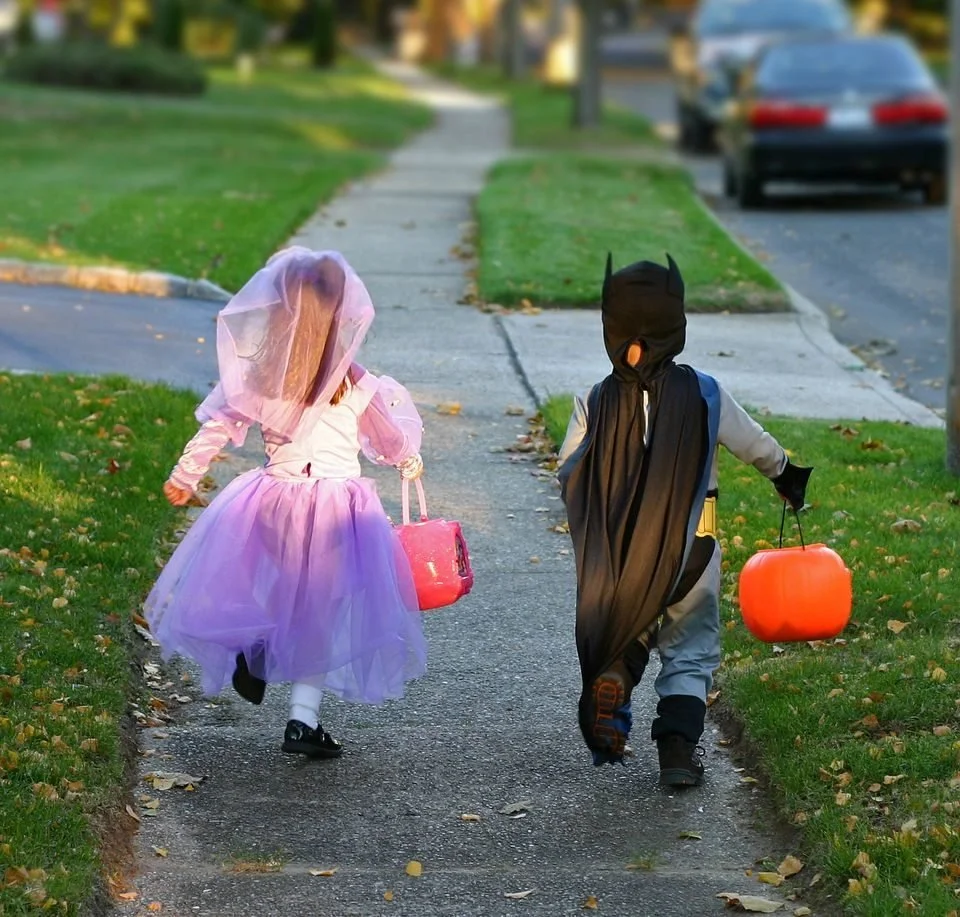Children always look forward to Halloween – costumes and candy! Making sure your children keep good memories of this holiday is important and can be as simple as keeping in mind what age appropriate activities and costumes are and candy; size of candy for safe chewing and swallowing and the amount of sweets.
Here’s a brief reminder of age appropriate holiday behavior:
2 years of age
Children at this age are just beginning to develop their imagination; however, telling the difference between reality and fantasy is unlikely. Remind your children what is pretend and use examples such as “playing dress up.” Let them help decide on their costume, limit candy intake and try to complete your festivities before their regular bedtime – keeping as close to their schedule as possible is important.
When choosing costumes make sure they don’t interfere with their eyesight or airways. Remove all treats that could provide a choking hazard.
3-5 years of age
Imagination during this time period can be extreme. Prepare your child ahead of time by discussing that people are going to be dressing up and pretending. Let them wear their costume before Halloween and get used to it. Try to avoid scary masks and reassure them that you, as their parent or caregiver, will protect them. Trick-or-treating before dark and reminding them that everyone is pretending will help assure them they are safe. Noisy and dark areas/parties may over-stimulate young children, so be cautious and look for signs of anxiety. Be sure to discuss the possible traffic, both vehicles and people, how to approach houses and what to say. If at all possible go with them.
5-8 years of age
Children begin to tell the difference between rational and irrational fears, i.e. witches vs. a dismantled body. Some children begin to enjoy the “scare” while others do not – be respectful if your child becomes scared – remove them from the area and assure them that it’s pretend and you will keep them safe.
It’s also important to choose movies and television shows wisely. Entertainment with irrational characters, (witches, ghosts) are less likely to create fear during these years of development. Understand that any child f this age may become scared and vulnerable to nightmares. Be patient and if you see signs of fear or they talk about being afraid later, listen and understand.
8-11 years of age
These years allow additional development of rational/irrational fears but also social fears (i.e. anxiety, fitting in, being accepted). Acting in a particular way to be accepted by a peer group can encourage some children to behave in a manner not appropriate, or not in alignment with their family’s beliefs. At times younger children can fall victims to spooky tricks and behavior. Remind them of unintended consequences and the importance of respecting the property of others. Remember, the Happy in Happy Halloween starts with parents and caregivers.

